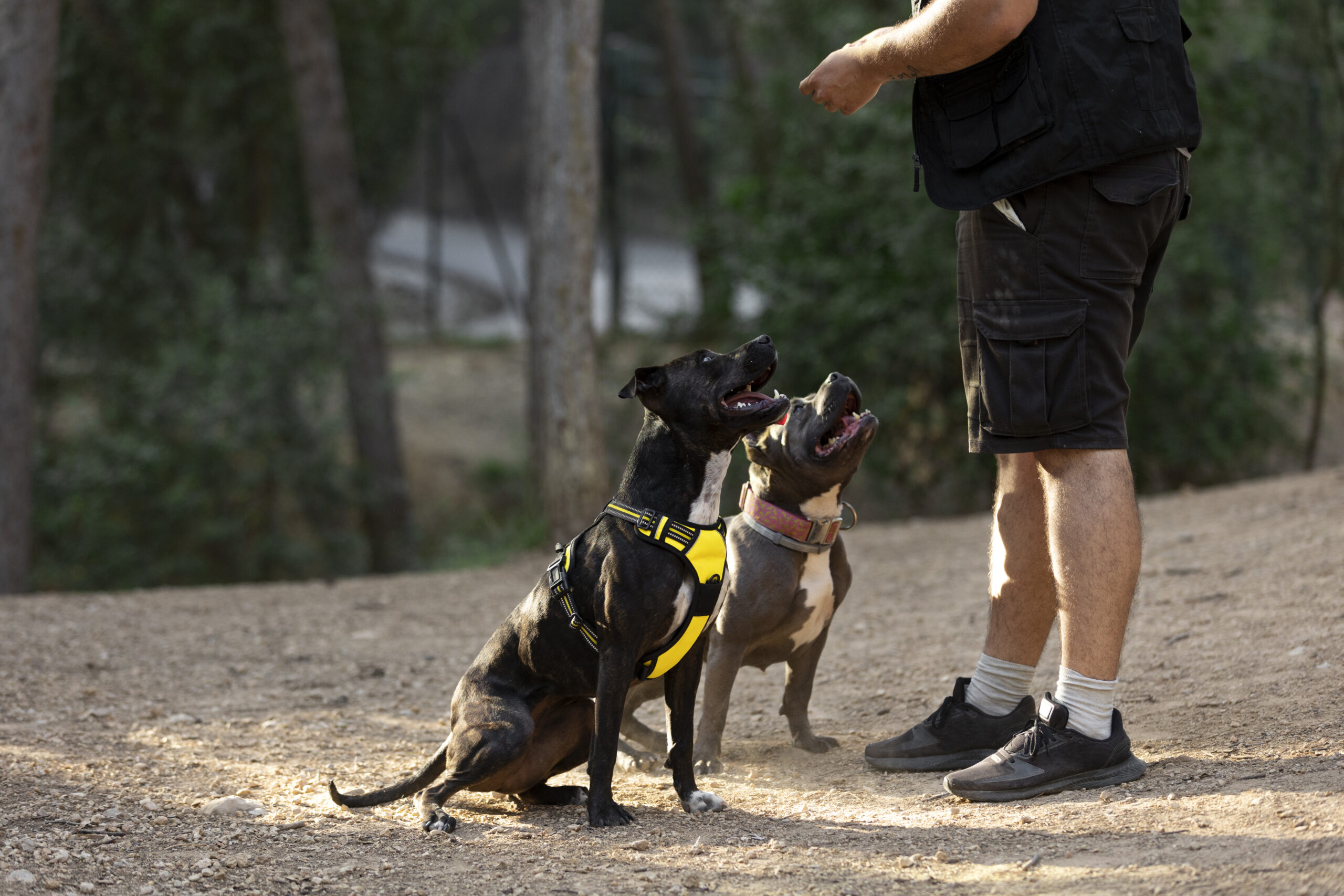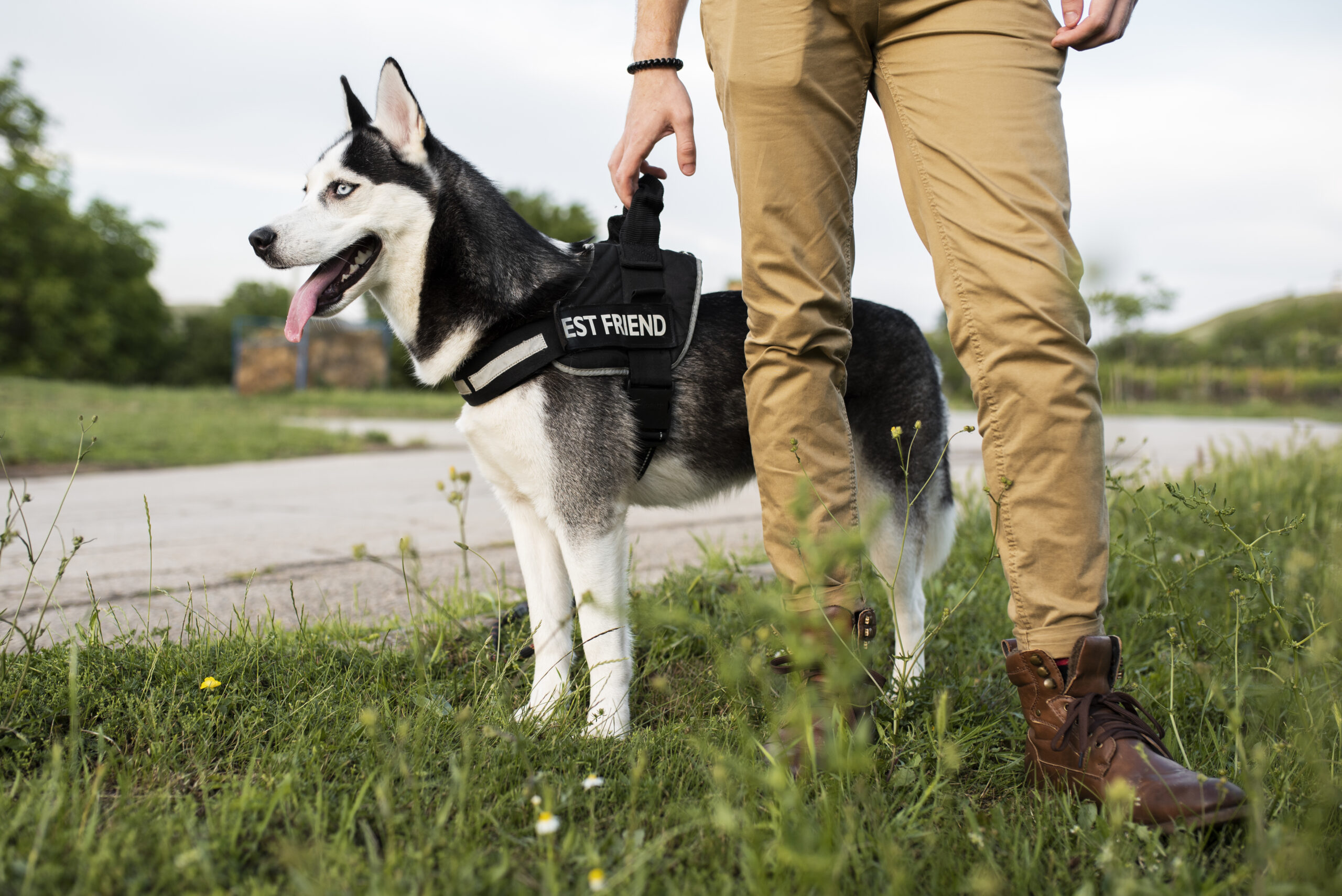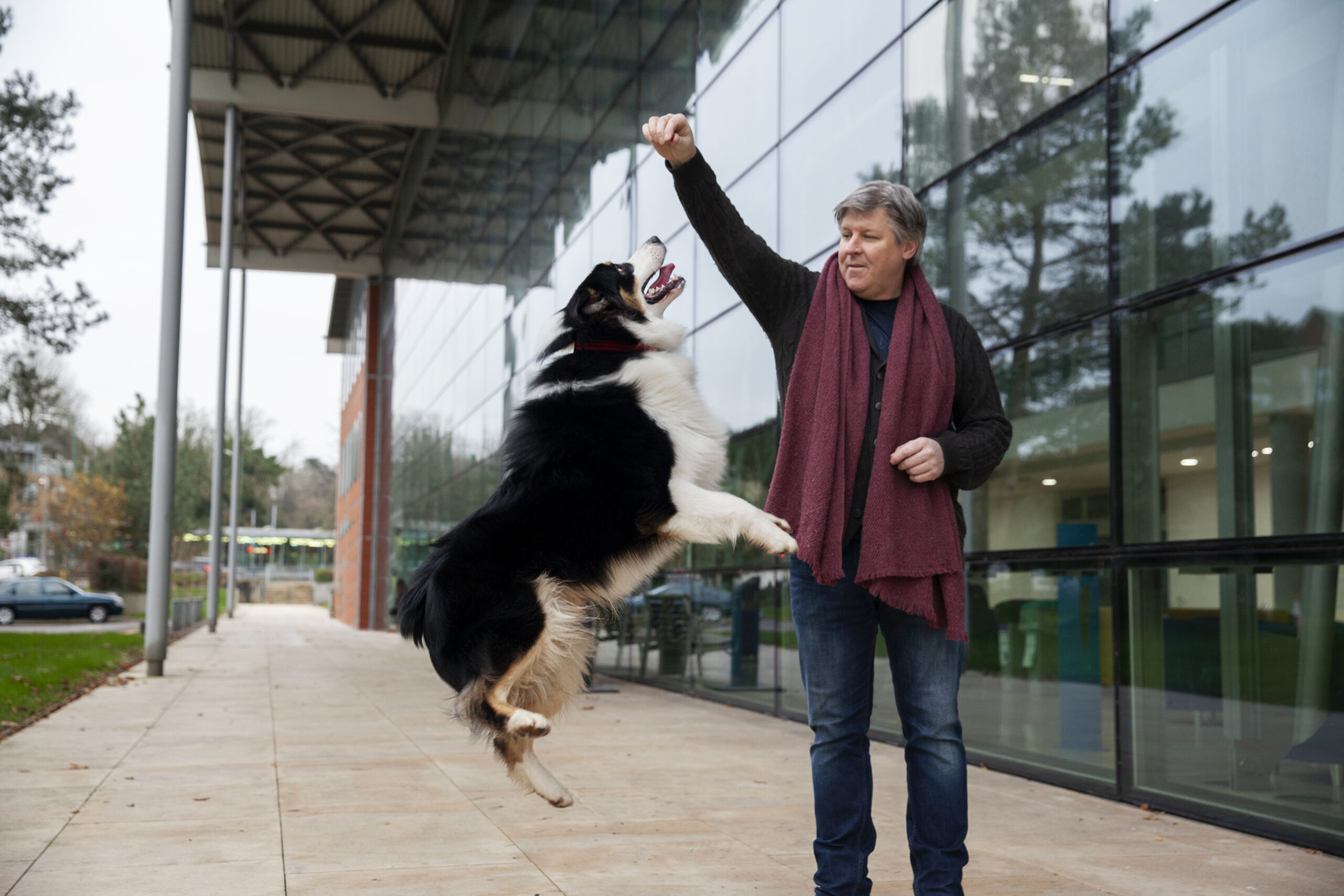Why Some Dogs Stop Responding to Rewards and How to Fix It
A common frustration among dog owners and trainers is when a once responsive and eager canine suddenly shows no interest in rewards. Jolted by this unexpected change, many are left wondering what could have gone wrong. Despite their best efforts, some dogs cease to be motivated by treats or praise. This lack of response often … Read more










